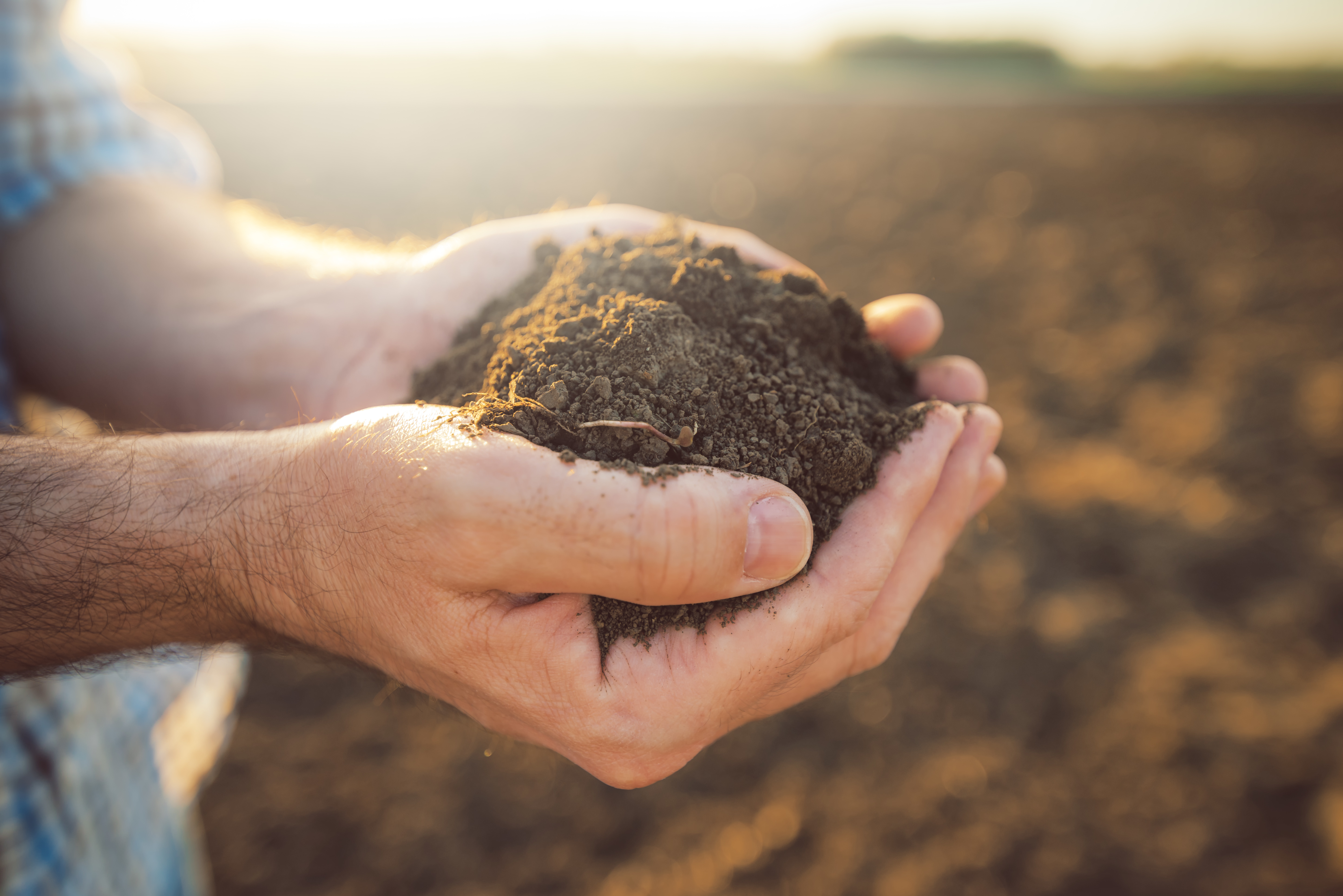Crops and other plants are the ultimate source of soil OM either through direct deposition of roots and other organs into the soil, or by recycling of crop and animal products. The decomposition of OM drives nutrient cycling and effects the development of soil structure. Regular additions of OM also build OM (note diverse OM types may be applied). Soil cultivations tend to mix living OM with its substrates, so tend to increase OM decomposition. OM applications and reduced tillage both increase OM. Increased resilience of soil functions, particularly nutrient and water supply to crops, tends to be associated with diverse rotations that include periods of no-till (e.g. ley-arable rotations). Tillage systems influence periods of rooting and root activity, and periods of residue degradation. Systems also affect the distribution of OM in the soil. For example, reduced tillage is associated with increased fungal biomass in the topsoil. This includes arbuscular mycorrhizal fungi that colonise roots and increase crop access to phosphorus and water. OM tends to decrease with soil depth since most is derived from plant deposition, and since most roots grow in the topsoil. Soil fauna (especially worms) are responsible for the downward movement of OM into the subsoil.
Find out more in AHDB's Principles of Soil Management






